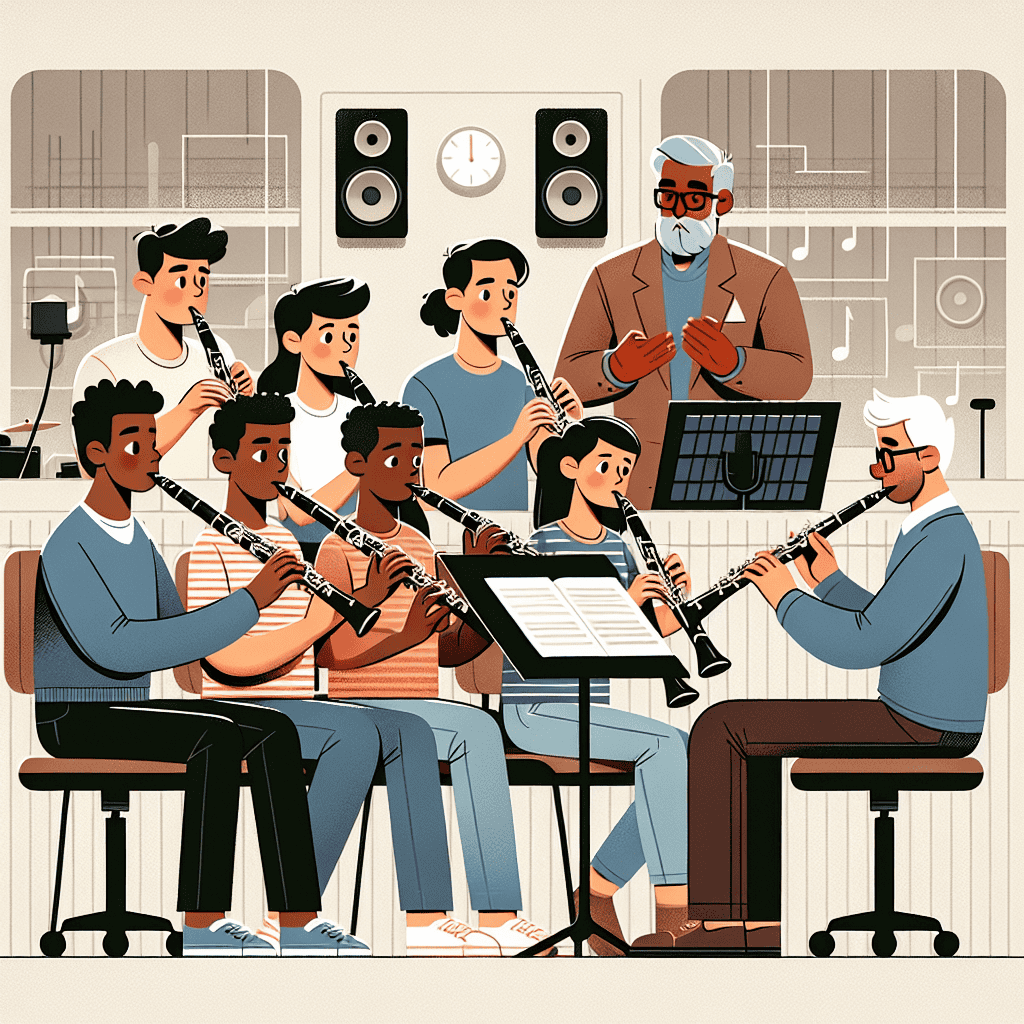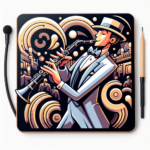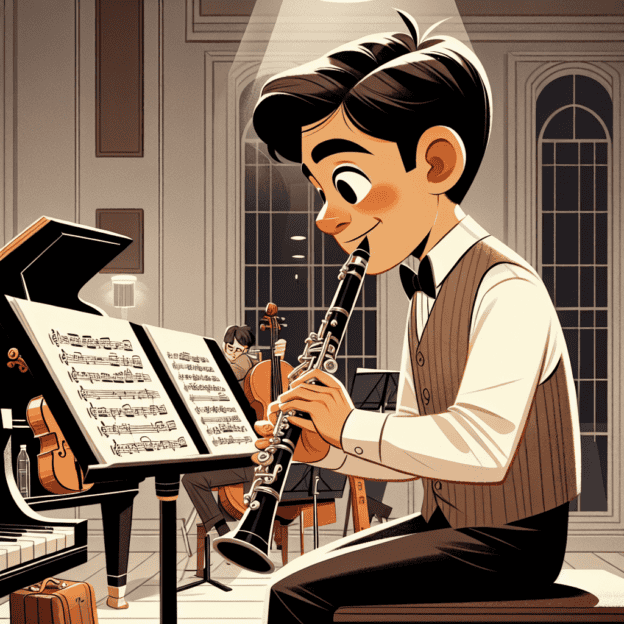Sight-reading is a key skill for musicians, especially clarinetists. Being able to read and play music quickly and accurately can greatly improve your performance abilities. Whether you're joining a new group, starting a new piece, or need to learn a part quickly for a performance, having strong sight-reading skills is incredibly valuable. This article will give you useful tips and methods for improving your clarinet sight-reading.
Why Sight-Reading Matters
Sight-reading is the ability to play music you're seeing for the first time. For clarinetists, this skill opens up many opportunities in both group and solo performances. It makes you more versatile and helps you confidently play various types of music. Plus, good sight-reading skills can help you learn new pieces faster.
To get better at sight-reading, you need to practice regularly and develop a smart approach to reading music. Here are some practical ways to improve your sight-reading skills:
1. Get to Know Musical Notation
Understanding musical notation is crucial for effective sight-reading. Take time to review different symbols and what they mean:
- Clefs: Know the treble clef for clarinet music and learn about other clefs you might come across.
- Notes and Rests: Learn the different note values and their rests. Get comfortable with whole, half, quarter, eighth, and sixteenth notes.
- Key Signatures: Practice recognizing key signatures, as they show which sharps or flats you'll play in a piece.
2. Work on Rhythm Patterns
Rhythm is often the trickiest part of sight-reading. Building a strong sense of rhythm is important:
- Clap Rhythms: Before playing a piece, clap out the rhythms. This helps you internalize the patterns without worrying about pitch.
- Use a Metronome: Practicing with a metronome can help you keep a steady beat. Start slow and gradually speed up as you get more comfortable.
- Learn Common Patterns: Get familiar with common rhythm patterns (like dotted rhythms and syncopation) to improve your fluency.
| Rhythm Pattern | Description | Example |
|---|---|---|
| Dotted Rhythm | A note followed by a dot, extending its duration by half | Dotted quarter note + eighth note |
| Syncopation | Stressing normally unstressed beats | Eighth note + quarter note + eighth note |
| Triplets | Three notes played in the time of two | Three eighth notes played in the time of two |
3. Learn to Quickly Check for Important Information
Before you start playing, take a quick look at the music to find key information that will help you play the piece well:
- Tempo Markings: Look for any signs that tell you how fast to play the piece.
- Dynamic Markings: Find markings (like piano and forte) that show how loud or soft to play different parts.
- Repeated Sections: Notice any repeated phrases or sections, so you can save energy and focus on new parts.
4. Practice Regularly
Like any skill, regular practice is essential to improve sight-reading:
- Daily Sight-Reading: Set aside time in each practice session to sight-read new pieces. Try to play through a few measures each day to build confidence and skill.
- Try Different Styles: Broaden your repertoire by sight-reading music from various genres, such as classical, jazz, and contemporary. Each style offers unique challenges that will improve your skills.
- Play Duets: Sight-reading duets with another clarinetist or a pianist can improve your ability to listen and respond musically in real-time.
5. Develop a Quick Assessment Strategy
When you see a new piece, develop a quick way to gather information before playing:
- Look for Patterns: Check the piece for repeated patterns in rhythm and melody that can make your reading easier.
- Spot Tricky Parts: Identify challenging sections in advance so you can approach them carefully during practice. This will help prevent mistakes when applying the techniques you've practiced.
How Your Instrument Affects Sight-Reading
The quality of your clarinet greatly influences your ability to sight-read effectively. Instruments made by brands like Martin Freres are known for their responsiveness and clear sound, which can really help your performance. A good quality clarinet will make it easier to move between notes, boosting your confidence while sight-reading.
Regular maintenance of your instrument is also important for effective practice sessions, making sure all parts work well.
Keeping Track of Your Improvement
As you practice sight-reading, consider keeping a record to see where you're improving and set specific goals. Tracking your progress will help you stay motivated and aware of how you're growing.
Record your sight-reading sessions every few weeks to listen to your progress. This will help you notice improvements and areas that might need more work.
Working with teachers or fellow musicians who can give guidance and helpful feedback will also be very valuable in further developing your sight-reading skills.
Developing strong sight-reading skills will make you a more versatile and confident clarinetist, helping you tackle new pieces more easily. As you put time and effort into improving your techniques, remember to enjoy making music and feel excited about growing as a musician.
To sum up, with these tips and techniques, you can improve your clarinet sight-reading skills and explore new areas in your music. Embrace the challenge, keep practicing, and let your passion for music shine through your playing!







